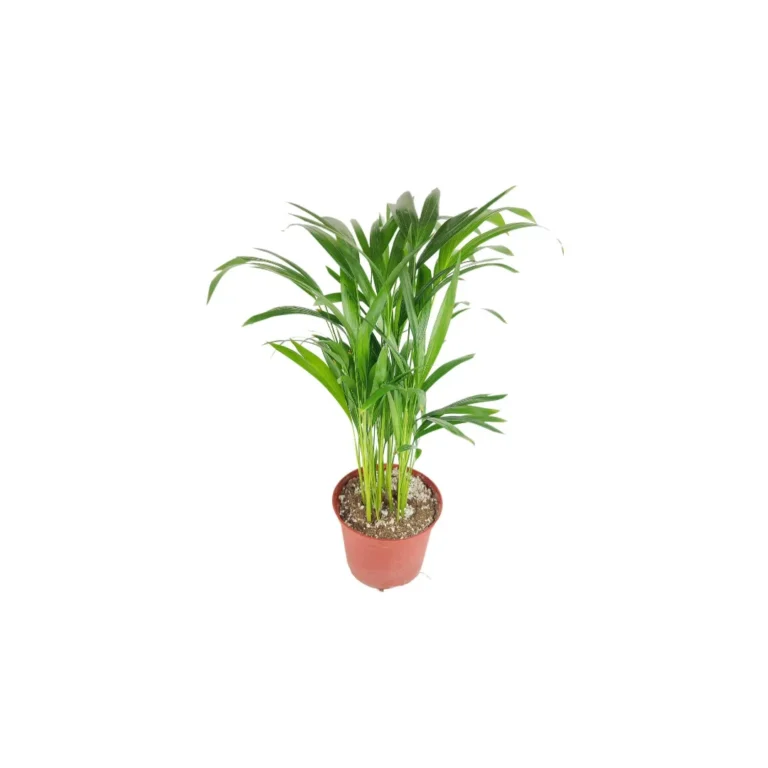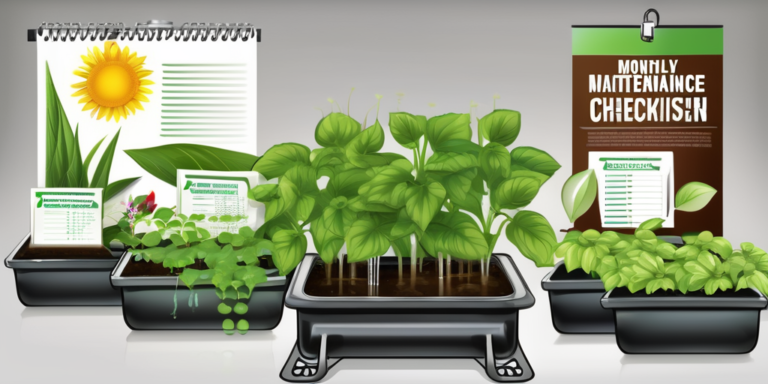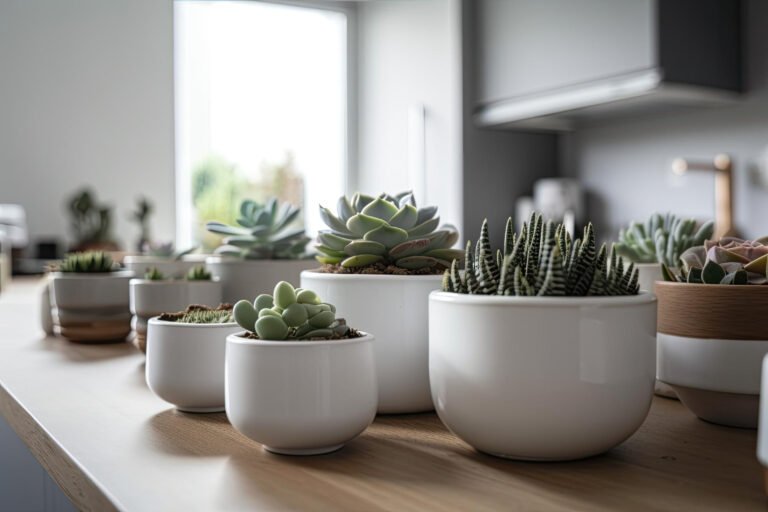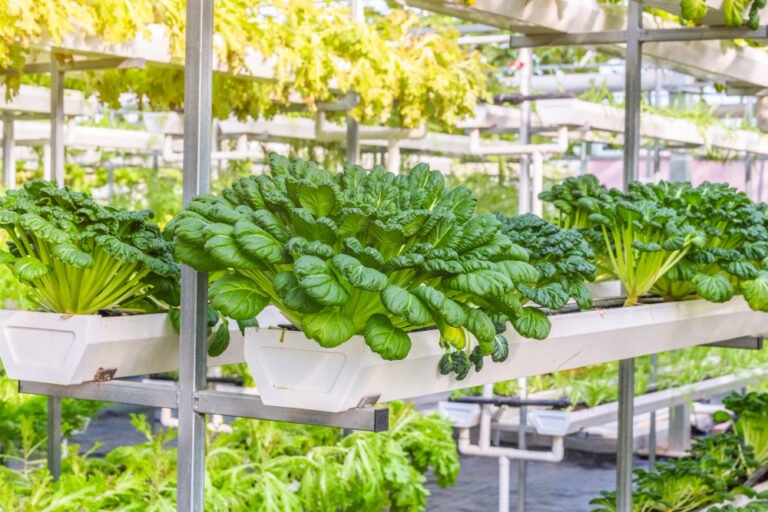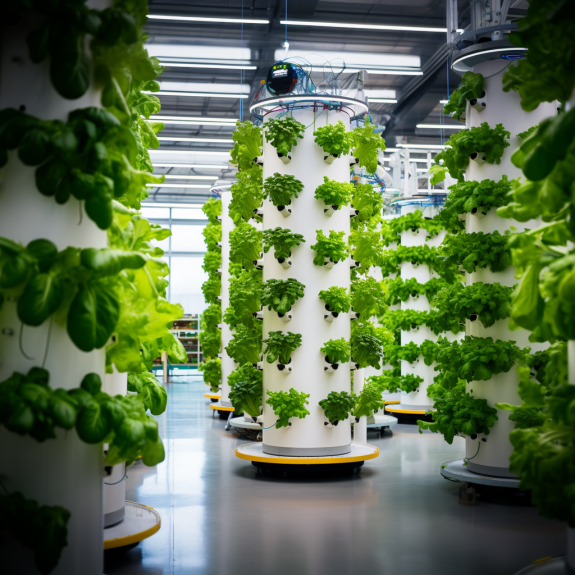Importance of small spaces
Small spaces are often overlooked, but they play a crucial role in our daily lives. Whether it’s a cozy apartment or a compact office, these spaces are where we spend a significant amount of time. Therefore, it is important to make the most of these areas and create a welcoming and functional environment. One way to transform small spaces is by incorporating low light plants. These plants not only add a touch of greenery but also thrive in areas with limited natural light. They can help purify the air, reduce stress, and create a calming atmosphere. With their ability to adapt to various conditions, low light plants are the perfect choice for enhancing the beauty and functionality of small spaces.

Challenges of low light conditions
One of the main challenges of low light conditions is finding plants that can thrive in such environments. Most plants require a certain amount of sunlight to carry out photosynthesis and grow. However, in spaces with limited natural light, it can be difficult to find plants that can adapt and survive. Another challenge is maintaining the health and vitality of the plants in low light conditions. Without adequate sunlight, plants may become weak, leggy, and prone to diseases. It is important to choose plants that are specifically suited for low light environments and provide them with the necessary care and attention to ensure their well-being.
Benefits of using low light plants
Using low light plants in small spaces can have numerous benefits. One of the main advantages is that these plants thrive in areas with minimal sunlight, making them ideal for rooms with limited natural light. They can help to create a soothing and calming atmosphere, making the space feel more inviting and relaxing. Additionally, low light plants are often low maintenance, requiring less water and attention compared to other plants. This makes them perfect for busy individuals or those who may not have a green thumb. Furthermore, these plants can improve indoor air quality by filtering out toxins and releasing oxygen into the air. Overall, incorporating low light plants into small spaces can transform the area into a vibrant and healthy environment.
Choosing the Right Plants
Understanding light requirements
Understanding light requirements is crucial when it comes to transforming small spaces with low light plants. Different plants have different light needs, and it’s important to choose the right plants that can thrive in low light conditions. Low light plants are typically those that can survive with minimal sunlight or artificial light. These plants are perfect for small spaces such as apartments, offices, or rooms with limited access to natural light. By understanding the light requirements of low light plants, you can create a green oasis even in the darkest corners of your home or workspace.
Identifying low light tolerant plants
Identifying low light tolerant plants is crucial for transforming small spaces with limited natural light. These plants have the ability to thrive in conditions where other plants may struggle. They are typically characterized by their ability to adapt to lower light levels, making them perfect for indoor spaces with minimal sunlight. Some popular low light tolerant plants include snake plants, pothos, and ZZ plants. These plants not only add a touch of greenery to any space but also provide numerous benefits such as improving air quality and reducing stress. When selecting low light tolerant plants, it is important to consider factors such as the level of light available, the size of the space, and the specific needs of the plant. With the right selection of low light tolerant plants, even the smallest and darkest corners of a room can be transformed into vibrant and inviting spaces.
Considering space constraints
When it comes to transforming small spaces with low light plants, one of the key factors to consider is the space constraints. Limited space can pose a challenge, but with careful planning and creative solutions, it is possible to create a lush and inviting environment. One approach is to utilize vertical space by incorporating hanging plants or wall-mounted planters. This not only saves valuable floor space but also adds visual interest to the room. Another option is to choose compact plant varieties that can thrive in low light conditions. These plants are often smaller in size and require less space to grow. Additionally, using mirrors strategically can help create an illusion of a larger space and reflect light, making the room appear brighter. By considering space constraints and thinking outside the box, it is possible to transform small spaces into green oases even with low light conditions.

Arranging the Plants
Creating levels and layers
When it comes to transforming small spaces with low light plants, creating levels and layers is key. By strategically placing plants at different heights and using various planters and shelves, you can maximize the visual impact of your greenery. This not only adds depth and dimension to your space but also creates a sense of abundance and lushness. Consider using hanging planters, wall-mounted shelves, and tiered plant stands to create vertical interest. Additionally, mix and match plants with different textures, colors, and sizes to create a visually appealing arrangement. The combination of tall plants, trailing vines, and compact foliage plants will create a dynamic and vibrant display. Don’t be afraid to experiment and get creative with your plant placement to make the most of your small space and bring it to life with low light plants.
Using hanging planters
Hanging planters are a great way to maximize the use of small spaces with low light conditions. These planters can be easily hung from ceilings or walls, allowing you to add greenery to areas that may not have enough natural light for traditional potted plants. By using hanging planters, you can create vertical gardens that not only beautify your space but also make it feel more open and inviting. Additionally, hanging planters can be used to create interesting visual displays by mixing different plant varieties and hanging them at different heights. Whether you have a small apartment, an office cubicle, or a cozy corner in your home, using hanging planters is a creative and practical solution to transform your space with low light plants.
Grouping plants with similar needs
Grouping plants with similar needs is a great strategy for transforming small spaces with low light plants. By grouping plants that require similar amounts of light, water, and humidity, you can create a microclimate that is ideal for their growth. This not only makes it easier to care for the plants, but it also enhances their beauty by showcasing their unique characteristics. Additionally, grouping plants with similar needs allows you to optimize the use of space, as you can arrange them in a visually appealing manner. Whether you have a small apartment or a tiny office cubicle, grouping plants with similar needs can help you create a lush and vibrant green oasis in even the darkest corners.
Caring for Low Light Plants
Watering frequency and techniques
When it comes to watering low light plants in small spaces, it is important to find the right balance. These plants typically require less water compared to plants that thrive in brighter conditions. Overwatering can lead to root rot and other moisture-related issues, so it is crucial to avoid excessive watering. The frequency of watering will depend on factors such as the type of plant, the pot size, and the humidity levels in the space. It is recommended to allow the top inch of soil to dry out before watering again. When watering, ensure that the water reaches the roots by watering slowly and evenly. Using a watering can with a narrow spout can help control the flow of water and prevent overwatering. Additionally, using a well-draining potting mix can help prevent water from sitting in the soil for too long. By following these watering techniques, you can ensure that your low light plants thrive in their small spaces.
Fertilizing in low light conditions
Fertilizing in low light conditions can be a challenge for many plant enthusiasts. With limited access to sunlight, plants may struggle to absorb nutrients effectively. However, there are several strategies that can help ensure the health and vitality of your low light plants. One approach is to use a slow-release fertilizer, which provides a steady supply of nutrients over an extended period of time. Another option is to use organic fertilizers, such as compost or worm castings, which can improve soil fertility and promote healthy plant growth. Additionally, it is important to pay attention to the specific needs of each plant species, as some may require more frequent or specialized fertilization. By understanding the unique requirements of your low light plants and implementing appropriate fertilization techniques, you can create a thriving indoor garden even in spaces with limited natural light.
Dealing with common pests and diseases
When it comes to maintaining a healthy indoor garden, dealing with common pests and diseases is an essential part of the process. Small spaces with low light conditions can be particularly vulnerable to infestations and infections. However, with proper care and attention, it is possible to prevent and manage these issues. Regularly inspecting your plants for signs of pests such as aphids, mealybugs, and spider mites is crucial. If you notice any infestations, isolate the affected plants and treat them with appropriate organic insecticides or natural remedies. Additionally, practicing good hygiene by cleaning your gardening tools and pots regularly can help prevent the spread of diseases. Proper watering and ventilation are also important in maintaining a healthy environment for your plants. By being proactive and taking necessary precautions, you can enjoy a thriving indoor garden even in small spaces with low light conditions.
Enhancing the Aesthetics
Choosing decorative pots and containers
When it comes to choosing decorative pots and containers for your low light plants, there are a few factors to consider. First, you’ll want to think about the size and shape of the pot. Make sure it is large enough to accommodate the roots of your plant and has drainage holes to prevent waterlogging. Additionally, consider the material of the pot. Ceramic pots are popular for their durability and aesthetic appeal, while plastic pots are lightweight and easy to clean. Finally, consider the design and style of the pot. Opt for pots that complement the overall aesthetic of your space and enhance the beauty of your low light plants. Whether you prefer minimalist, modern pots or ornate, vintage-inspired containers, there is a wide variety of options available to suit your personal taste and style.
Adding accessories and accents
Adding accessories and accents is a great way to enhance the visual appeal of small spaces with low light plants. By carefully selecting and placing decorative items, such as colorful pots, hanging planters, and decorative rocks, you can create a stylish and inviting atmosphere. Additionally, incorporating accents like fairy lights or small sculptures can add a touch of whimsy and personality to the space. These accessories not only complement the greenery but also help to create a cohesive and well-designed look. Whether it’s a cozy corner in your living room or a small balcony, adding the right accessories and accents can transform your space into a botanical oasis.
Incorporating natural elements
Incorporating natural elements into small spaces can greatly enhance the overall ambiance and aesthetics. One way to achieve this is by introducing low light plants. These plants not only add a touch of greenery but also thrive in environments with limited natural light. By strategically placing them in corners, shelves, or hanging planters, you can create a serene and calming atmosphere. Additionally, low light plants require minimal maintenance, making them perfect for busy individuals or those without a green thumb. Whether it’s a small apartment, office cubicle, or a cozy reading nook, incorporating natural elements like low light plants can transform any space into a tranquil oasis.
Conclusion
Summary of key points
In summary, transforming small spaces with low light plants can be a great way to add life and beauty to any room. By carefully selecting plants that thrive in low light conditions, such as snake plants, pothos, and ZZ plants, you can create a lush and vibrant environment even in the darkest corners of your home. Additionally, incorporating vertical gardening techniques and using hanging planters can maximize the use of space and create visual interest. Remember to consider the specific lighting requirements of each plant and provide adequate care to ensure their health and growth. With a little creativity and attention to detail, you can transform your small space into a green oasis that brings joy and tranquility to your everyday life.
Inspiration for small space transformations
When it comes to transforming small spaces, one of the key elements to consider is the use of low light plants. These plants are perfect for areas with limited natural light, such as apartments or rooms with small windows. Not only do they add a touch of greenery and life to the space, but they also have the ability to purify the air and create a calming atmosphere. Whether you have a tiny balcony, a cramped office, or a compact bedroom, low light plants can help you create a cozy and inviting environment. With their diverse shapes, sizes, and textures, there is a low light plant for every style and preference. So, get inspired and start transforming your small space with these beautiful and functional plants!
Encouragement to explore low light plants
Low light plants are a great option for transforming small spaces into vibrant and inviting areas. These plants thrive in areas with limited natural light, making them perfect for rooms with small windows or dark corners. Not only do they add a touch of greenery to any space, but they also have numerous health benefits. Low light plants are known to improve air quality by removing toxins and releasing oxygen, creating a healthier indoor environment. Additionally, they can help reduce stress and improve mood, making them ideal for creating a calming and relaxing atmosphere. With a wide variety of low light plants available, there are endless possibilities to explore and experiment with. So, don’t be afraid to embrace the beauty and versatility of low light plants and transform your small space into a lush and tranquil oasis.


